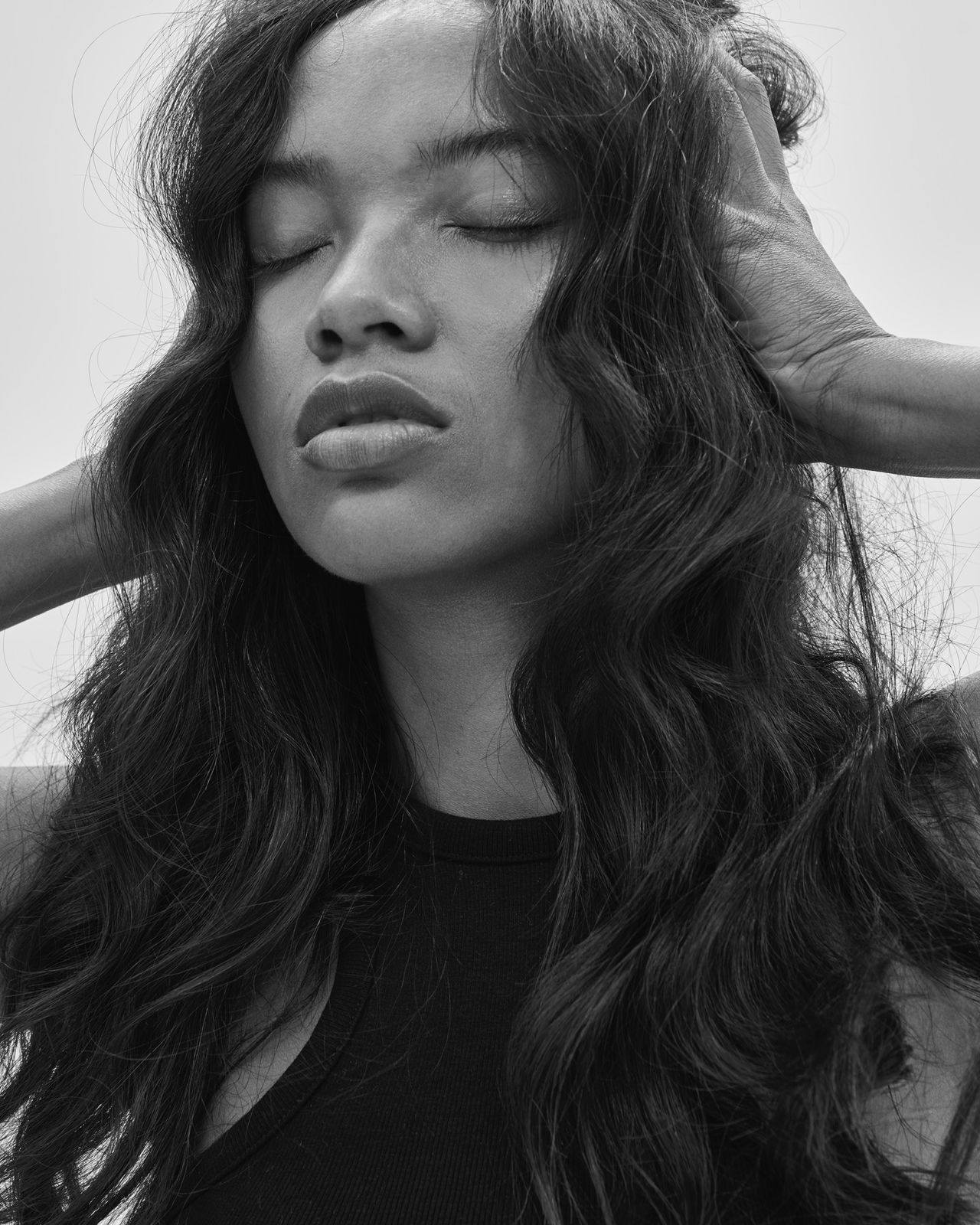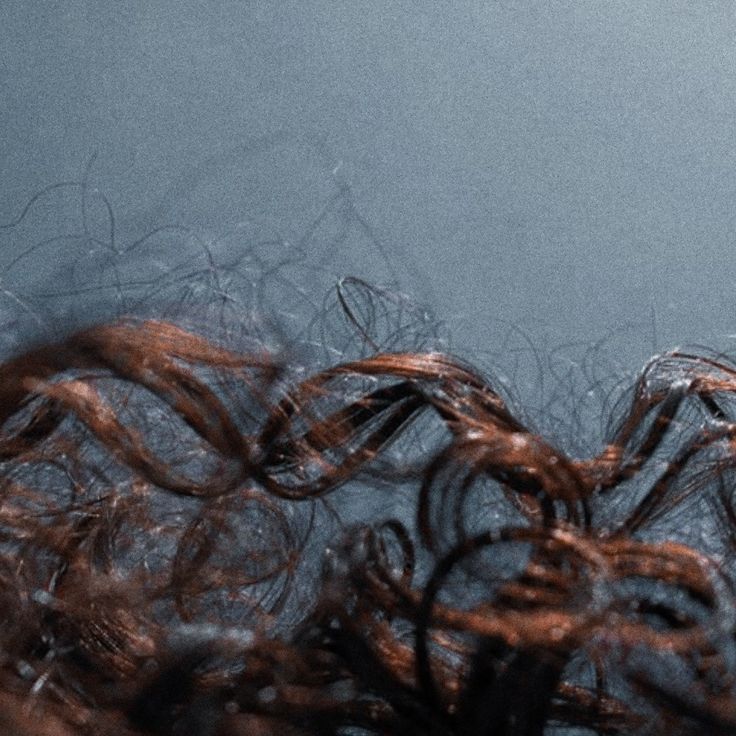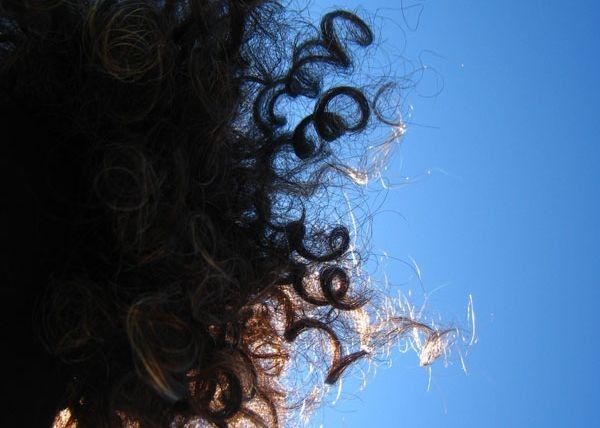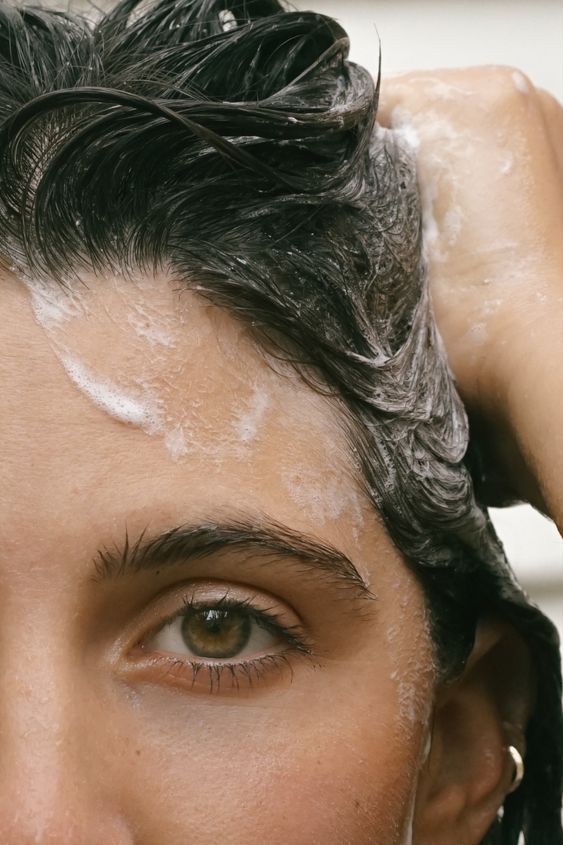When it comes to hair, one size certainly does not fit all. If you’re blessed with a head of curly hair, you’ve probably come to realize that your curls are as unique as you are. Whether you have loose waves, bouncy ringlets, or tight coils, your specific curl pattern is a defining characteristic of your hair. Understanding your curl type is the first step to caring for and styling your curls effectively. In this comprehensive guide, we will explore everything you need to know about curl types, from identifying your own to maintaining healthy, beautiful curls.

Why Curl Type Matters
Your curl type is determined by the shape of your hair follicles. These follicles, found within the scalp, have a significant influence on the pattern and texture of your hair. The recognition of curl types has become increasingly popular in recent years, thanks in part to the natural hair movement. Embracing your natural curls has gained momentum, and understanding your curl type is essential for a variety of reasons:
1. Tailored Care and Styling
Different curl types have different needs. The products and styling techniques that work best for one curl pattern may not be as effective for another. Knowing your curl type allows you to select products and methods that will enhance your natural curl pattern, reduce frizz, and maintain healthy hair.
2. Confidence and Self-Acceptance
Understanding and embracing your curl type can boost your self-confidence. By knowing that your unique curls are beautiful and desirable, you can feel more comfortable in your own skin. Embracing your natural curls is a journey toward self-acceptance and self-love.
3. Reducing Styling Stress
When you know your curl type, you can more easily create hairstyles that work with your natural curls. This reduces the time, effort, and frustration that often comes with trying to force your hair into styles that don’t align with your natural texture.

The Curl Typing System
To identify your curl type, you’ll want to familiarize yourself with the curl typing system. There are different methods of curl typing, but one of the most commonly used systems categorizes curls into three broad categories: Type 2, Type 3, and Type 4, each with subcategories.
Type 2: Wavy Hair
2A: Loose waves that are typically easy to straighten.
2B: Wavy hair with a few more defined, S-shaped waves.
2C: Defined waves with a hint of curl and a tendency to frizz.
Type 3: Curly Hair
3A: Well-defined, springy curls.
3B: Tighter, ringlet-like curls.
3C: Corkscrew curls that can range from pencil-sized to straw-sized.
Type 4: Coily Hair
4A: Tightly coiled curls with an “S” pattern.
4B: Z-shaped coils with less defined curl patterns.
4C: Very tight, densely packed coils.

Caring for Your Curl Type
Once you’ve identified your curl type, it’s essential to know how to care for it properly. Different curl patterns have distinct needs and challenges. Let’s explore some tips for caring for each curl type.
Type 2: Wavy Hair
- Use a sulfate-free, hydrating shampoo and conditioner to keep waves moisturized.
- Apply a lightweight, curl-enhancing product to define and tame frizz.
- Consider scrunching your hair while applying products to encourage wave formation.
- Diffuse your hair on a low heat setting to maintain wave definition.
- Avoid over-brushing, as it can disrupt the natural wave pattern.**
Type 3: Curly Hair
- Use a hydrating, sulfate-free shampoo and conditioner to maintain curl integrity.
- Apply a curl-defining cream or gel while hair is still wet to enhance curls.
- Consider “plopping” or “pineappling” your hair at night to preserve curl shape.
- Use a diffuser on a low heat setting to dry hair gently.
- Refresh your curls between washes with a curl refresher spray.
Type 4: Coily Hair
- Use a moisturizing, sulfate-free shampoo and conditioner to prevent dryness.
- Apply a leave-in conditioner or curl cream to provide moisture and definition.
- Detangle hair carefully with a wide-tooth comb or your fingers.
- Consider protective styles like twists or braids to minimize manipulation.
- Use a silk or satin pillowcase to reduce friction and prevent breakage.
- Styling Tips for All Curl Types
While the specific products and techniques you use will vary based on your curl type, there are some universal styling tips that can benefit all curl patterns:
1. Avoid Heat Styling
Excessive heat styling can lead to damage and disrupt your natural curl pattern. Whenever possible, embrace air-drying and use heat styling tools sparingly.
2. Embrace Deep Conditioning
Deep conditioning treatments are essential for maintaining healthy curls. Use a deep conditioner at least once a week to keep your hair hydrated and nourished.
3. Be Mindful of Frizz
Frizz can be a common concern for curly hair. To combat it, use anti-frizz products and avoid over-touching your hair when it’s dry.
4. Sleep on Silk
Silk or satin pillowcases can reduce friction and minimize the chances of waking up with tangled, messy curls.
5. Regular Trims
Regular trims are crucial for preventing split ends and maintaining the shape and health of your curls. Aim for a trim every 8-12 weeks.





